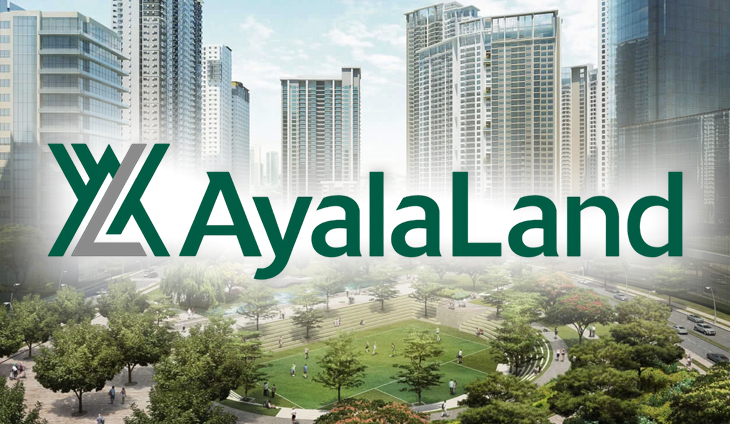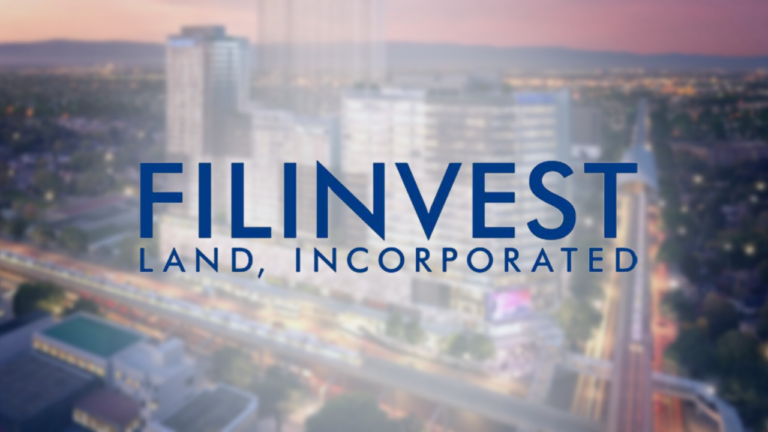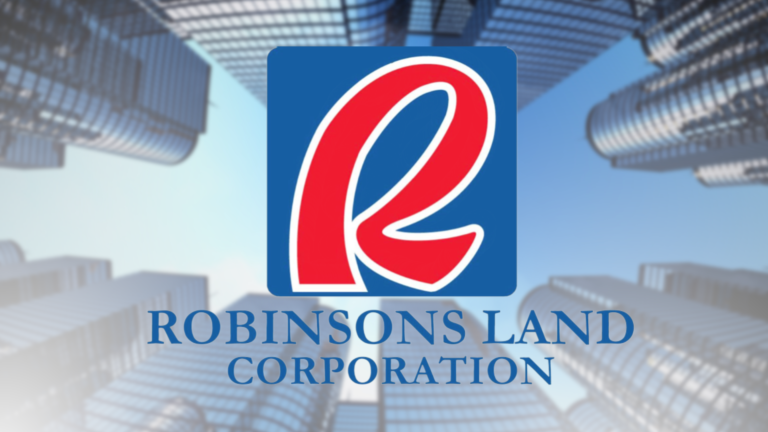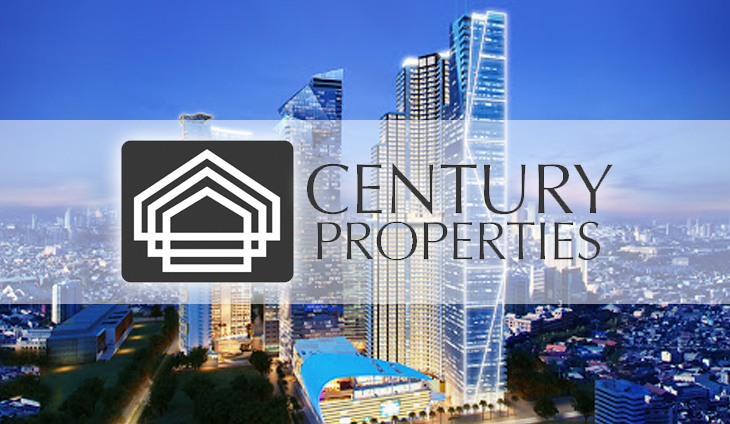
In the beginning of the year, the Metro Manila office space market faced challenges due to supply pressure, uncertain movements of office locators, and global economic uncertainties. The first half of the year reflected this outlook, with a 21 percent vacancy rate, a decrease in leased space, and steady rental rates. The business process outsourcing (BPO) industry continued to dominate the office space market.
However, recent developments suggest a positive shift. Long-term lease negotiations have intensified, indicating increased market activity. Several factors contribute to this change: the Philippine economy grew by 6.4 percent in the first quarter, surpassing expectations; resilient rental rates encourage office locators to choose prime locations before potential rate increases; and companies are becoming more comfortable with returning to physical offices as the pandemic threat subsides. These factors suggest that the office space market will maintain its resilience and potentially experience a stronger recovery in the second half of the year. Confidence in the market’s rebound is bolstered by the Philippines’ strong performance in terms of real GDP growth versus inflation, as indicated by Fitch’s BMI webinar in July.
Lobien, S. (2023, July 17). A proof of real estate resiliency and recovery | Inquirer Business. INQUIRER.net. https://business.inquirer.net/410398/a-proof-of-real-estate-resiliency-and-recovery
The Philippine economy grew by 7.6% last year, marking its strongest expansion in over 40 years. This growth serves as a positive signal for the real estate market, indicating promising prospects. Despite the challenges posed by the COVID-19 crisis, the country’s housing market is expected to continue improving in 2024. Consequently, there is a growing demand for properties, including condos in Tagaytay and houses, for both personal and business purposes.
In the first quarter of 2024, the property market in the Philippines has shown steady recovery. Projections for the year indicate increased value and number of residential and commercial properties, with growth rates of 0.7% and 2% respectively. The Philippine real estate industry, one of Southeast Asia’s largest, is expected to reach an average value of $900 billion by 2024.
Mance, I. (2024). 2024 real estate market trends for Q2 onwards. Crown Asia. https://www.crownasia.com.ph/lifestyle-blog/2024-real-estate-market-trends-for-q2-onwards/
The Philippine property market remains resilient and stable despite challenges like the pandemic and natural disasters. Key factors contributing to this stability include decentralization of city centers, creating opportunities for diverse developments. Improved infrastructure, such as road networks, has enhanced travel convenience. Santos Knight Frank’s report highlights the country’s economic growth and favorable demographics as growth drivers. The residential, office, and industrial sectors are expected to remain strong. Demand for office spaces, driven by the outsourcing industry, and the growth of e-commerce and logistics benefit the office and industrial sectors, respectively. In the residential market, middle-income buyers fuel demand for affordable housing, while the luxury residential sector is rebounding in urban areas like Metro Manila. There’s also a focus on developing luxury resorts and branded residences in popular destinations like Palawan, Bohol, Batangas, and Laguna, addressing demand for both high-end and affordable housing.
Toriano, G. K. T. (2023, April 4). Philippine real estate forecasted to weather the storm in 2023 – Asia Property Awards. Asia Property Awards. https://www.asiapropertyawards.com/en/philippine-real-estate-forecasted-to-weather-the-storm-in-2023/
Avoid falling for get-rich-quick schemes promising overnight success in your real estate business. There’s no one-size-fits-all approach; your goals should align with your unique vision of success. Follow these steps:
Step 1: Take a Self-Assessment Conduct a SWOT analysis to identify your business strengths and areas needing improvement. This assessment is crucial for setting benchmarks and tracking progress.
Step 2: Define Your Goals Establish a mix of short, medium, and long-term goals aligned with your skills and market opportunities. Quality matters more than quantity; choose goals that challenge you without overwhelming your focus.
Step 3: Prioritize Your Goals Consider the meaningfulness, impact on revenue (like lead generation), time sensitivity, and feasibility of each goal. Organize them based on these factors and your capacity to manage them effectively.
Step 4: Make Your Goals Manageable Break lofty goals into smaller steps, setting realistic deadlines for each. Create benchmarks and milestones to measure progress, fostering a sense of accountability. This approach prevents feeling overwhelmed, enhances clarity, and keeps you motivated toward achieving success.
Team, M. L. (2023). Beginner’s Guide to Real Estate Agent Goals | Market Leader. Market Leader | Convert Leads Into Clients. https://www.marketleader.com/blog/real-estate-agent-goals/
These goals are commonly applicable and can be pursued over a period of time. It is advised not to attempt all 12 goals simultaneously, but to focus on one for at least 6 months. The goals are as follows:
Strategic Thinking: Enhance the ability to grasp the overall picture, adopting a broader business perspective and understanding the “why” behind decisions, rather than just the “what” and “how”.
Listening: Develop active listening skills, demonstrating genuine value for others’ opinions through attentive body language, open-ended questions, and eliminating distractions.
Coaching: Shift leadership style from dictating to guiding, fostering the development of team members through individualized coaching plans.
Financial Acumen: Gain proficiency in understanding and utilizing financial data to enhance business strategies.
Cross-Functional Knowledge: Acquire knowledge about different aspects of the business beyond one’s own specialization.
Industry and Customer Insight: Improve understanding of the industry, competitors, and customer needs to better cater to their requirements.
Leadership Presence: Enhance the ability to inspire and influence others authentically, commanding attention and respect in various settings.
Change Leadership: Become a catalyst for change, championing and sustaining organizational changes effectively.
Remote Management: Improve skills in managing remote teams and leverage technology for enhanced communication and virtual collaboration.
Collaboration: Strengthen relationships with peers, understanding their goals and working collaboratively to achieve shared objectives.
Talent Management: Enhance abilities in assessing, hiring, promoting, and developing employees. Create a strong team with competent individuals and plan for succession in key positions.
Time Management: Identify and eliminate time-wasting activities, prioritize tasks efficiently, and focus on value-added activities to maximize productivity.
McCarthy, D. (2022, April 22). Top 12 development Goals for Leaders – Great Leadership by Dan. Great Leadership by Dan. https://greatleadershipbydan.com/2010/01/top-12-development-goals-for-leaders.html
Real estate is frequently a person’s most significant investment. Real estate value is a leading predictor of an economy’s health. It comprises any resources on the land, such as water and minerals, and can be used for residential, commercial, or industrial purposes. Land and property might not only rise in value but also give a consistent income and even financial security to the owner.
Top 10 Real Estate Developers in the Philippines 2024
by A Realty Co.
1. SMDC
SMDC is by far, the fastest growing real estate developer here in the Philippines with a lot of achievements to prove so under their belt. Being established in 1996 by SM as a subsidiary, they are currently the developer with most sales in this list to probe that they are one of the largest as well. They focus their projects in urban and suburban areas which are near amenities such as supermarkets, banks, and other buildings near the area.

2. Ayala Land

Ayala Land is recognized and hailed as one of the largest and most established developers here in the Philippines, with multiple sources citing their wide range of options and pricing, with no specific price point. With decades of experience to use in their fingertips, they’re able to build a wide variety of projects in its portfolio ranging from hotels, resorts, and malls, to residential houses like condominiums, and townhouses. They’re also known to be one of the main contributors behind Bonifacio Global City, making it an area which is desirable to live in.
3. Megaworld

Megaworld is known to have achieved over 250 different real estate projects since its founding in 1994, which includes a variety of residential and commercial developments. Though Megaworld has shifted its focus onto massive quantities of corporate and townhouse developments, they still offer a wide range of residential offerings. Megaworld also claims an impressive share of awards and accolades, whilst also boasting a total of nominations in 25 categories back in the 2017 Philippines Property Awards.
4. Filinvest Land

Filinvest Land is one of the most established developers here in the Philippines. they’re known to have built budget-friendly developments such as Alta Vida. Same as the other contenders in the list, they’ve built a variety of commercial, residential, and leisure properties. Recently, they started to expand into more luxurious projects to target foreign investors.
5. Federal Land

After 50 years of being in the Real Estate Industry, Federal Land has become renowned for its catering to luxurious Filipinos and foreign investors alike. Some of their specialties include malls, offices, townships, hotels and residences. Several of its best condo developments include the Grand Hyatt Residences and Marco Polo Residences. As it caters to the the more luxurious buyers, their units are more expensive than the rest of the list.
6. DMCI Homes

With decades of experience in the business since 1954, DMCI Homes has become one of the largest developers here in the Philippines. Unlike most developers in this list, DMCI’s specialty is in residential properties like condos, which are on the more affordable side compared to the other developers in this list. They’ve finished 30 projects in Metro Manila, with others already on their way to being finished. Aside from the residential side, they also have other properties that are in a different sector like hotels and casinos, and a good example of this is the Philippine Stock Exchange Plaza located in Makati.
7. Robinson Land Corporation

Robinson Land Corporation is renowned to have one of the more sustainable buildings with good interior design. Having completed over 140 projects since its establishment since 1980, they have completed plenty of condo buildings, but has recently shifted into commercial buildings. They offer from mid-range to luxurious choices, while having affordable prices for their lower end units.
8. Rockwell Land

From over 40 decades of experience, Rockwell Land become known for being one of the more high-end developers, with its luxurious and expensive choices by Philippine standards. With the Rockwell Center being one of its well known projects which was established in the ’90s, it has since then become a trendsetter onwards for its popularity amongst foreigners and Filipinos alike.
9. Vista Land

Being one of the more younger developers in this list with only less than 2 decades since its founding, Vista Land has come to build and finish many projects under their belt. Some of their specialties include house and lots, condominiums, serviced flats, on top of all that, they also own Starmalls Inc. which builds, rents, and maintains retail malls and commercial areas across the country.
10. Century Properties

Century Properties is mostly known for their mid to high-rise condo buildings, along with a handful of other projects that they completed. Albeit being relatively one of the younger developers, they have become one of the best Philippine developers, especially when it comes to the residential sector, with their net profit being nearly doubled in 2010s. The majority of their projects lie within Manila, and have started to reach out to other areas, such as Batangas.
